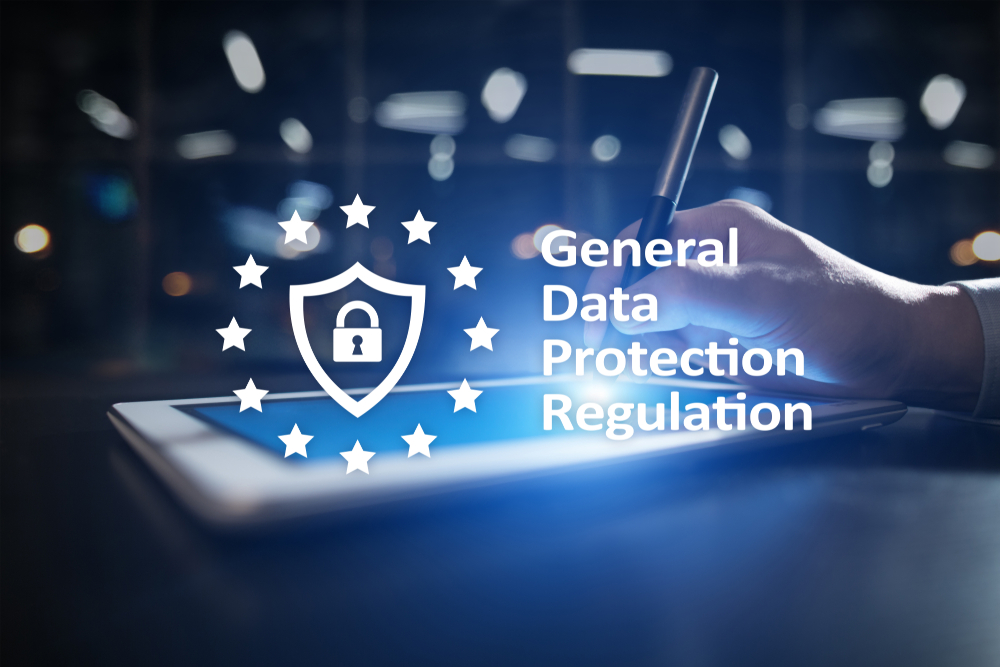
UPDATED for 2021: How to Prep Magento for Peak Performance during the Holidays

Summer is flying by and it’s time to plan for the holiday shopping rush. As experienced Magento developers, we are very familiar with merchants turning to us for direction and help with how to get their sites ready for the holiday season. We’ve seen merchants experience 2/3 more traffic or process double (or triple) the number of transactions during November and December compared to the rest of the year.
Notably, the Magento Business Intelligence group found that merchants acquire up to 59% more customers during the holidays compared to the rest of the year. That’s a lot of new site traffic. Can your Magento site handle that big of an uptick in new visitors? With nearly 60% more new customers preparing to visit your website in a couple months, it would be smart to run performance tests now.
Tip 1 – Page Load Speed Optimization
%
of shoppers expect a web page to load in 2 seconds or less.
%
of shoppers abandon websites that take more than 3 seconds to load.
%
of shoppers who are dissatisfied with website performance are less likely to buy from the same site again.
Magento can be a very involved platform to work with. Most Magento instances are so customized that there is no other site exactly like another. That dynamic creates several potential points of failure if your code and server configuration are not optimized to work together. Module conflicts, unoptimized CSS/JS, and any potential server-side issues need to be identified and resolved. Unresolved code issues can cause major page speed performance issues and become detrimental during an otherwise very profitable time of the year.
If your site shows signs of performance issues and slow load times now, how will it perform during peak traffic times come November? It’s critical to perform site load tests before the real traffic influx begins. Contact your hosting company before performing any tests and work with them and your development team to identify any possible issues with server resources.
It’s also important to note that page load times and user engagement metrics contribute to your PPC quality score. Those holiday PPC campaigns could take a hit if load times are poor. Key engagement metrics to monitor are bounce rate, time on page, time on site, and pages/session. A fast site will also help your PPC cost-per-click and impressions. In addition, we’ve also seen load times have a positive or a negative effect on SEO. Page load speed is critical across the board for the success of your site.
Tip 2 – UX/UI Optimization
Not only is site traffic at its peak during the holiday season, but customers’ tolerance and attention levels are low, as they tend to be in a hurry to complete their holiday shopping activities. Make your site easy to navigate and streamline the browsing experience for customers by removing conversion blockers. Bounce rates are naturally higher during the holidays as people quickly window shop and bargain hunt. Optimize poorly performing pages, ensure page load times are at their best, and keep your product offering up to date to avoid high bounce rates.
A quick way to optimize under-performing landing pages is to identify your lowest bounce rate landing page(s) in Google Analytics. Analyze those lowest bounce rate pages and try to find ways to improve engagement across your site. Of course a more thorough review of your shopping experience (complete with A/B tests) would be the most beneficial for optimization. However, there are valuable opportunities available for improvement that can be discovered through a Google analytics review.
The maintenance of products and pricing is also vital.
-
- Keep catalog images, product descriptions, prices, inventory, and shipping rates clear and updated.
- Ensure your pricing is competitive. Have import/export templates set up so you can easily update pricing on the fly. That way, you’re not scrambling when a competitor suddenly has a flash sale.
- Make sure your strongest products (best selling, best price, or highest inventory) are easy to find for customers on your category and landing pages.
- In addition, make sure your upsell, cross sell and related products are all set up and relevant to each other.
Don’t Ignore Mobile Traffic
Magento can be a very involved platform to work with. Most Magento instances At least a third of your traffic during the holidays is going to be from mobile devices. Mobile sales will account for more than half in most retail industries. Perform a thorough, unbiased review of your mobile shopping experience from the homepage down through the checkout process. Remove any conversion blockers, consolidate any redundant pages or steps in the checkout. Do not mark any checkout fields as required unless they really are required. Finally, make sure chatbot and email sign-up pop-ups are disabled on mobile!
Tip 3 – Security Optimization
Site security is also critical for overall site performance during the holidays and always. If your Magento site isn’t upgraded to the latest version or is missing Security Patches, you are at risk for security issues. We’ve encountered several merchants over the last year or so who have ignored security or bug patches. Or, merchants have severely delayed the upgrading of their Magento sites. By ignoring Magento Security Patches or avoiding updates, merchants are opening themselves up to a much larger problem. Problems like legal indemnification since many maintain publicly that they are PCI compliant while leaving gaping security holes in their site’s infrastructure.
Beyond the cost and headache of what a data breach could do, merchants could lose a solid portion of customers. In fact, 31% of customers terminated their relationship with a targeted business after a breach was discovered. No merchant wants to be the next Target fail. Make sure your Magento site is upgraded or patched as soon as possible.
Tip 4 – Review and Test
It’s important to be proactive about performance testing to be prepared well in advance of holiday traffic. Merchants need to test the shopping experience on their site. Be sure that the browsing process, shopping cart and checkout is a seamless experience for your customers.
Review your site analytics. Verify that key engagement metrics such as bounce rate, time on page, time on site, and pages/session are performing well. Look for dips in data and bottlenecks. Pull data from the prior holiday season. Review what issues you had and where your site could improve. In addition, note what worked well for your site and look for ways to improve based on positive metrics. Analyzing your own data can save a lot of time and solve a lot of puzzles when it comes to customer experience and site performance issues.
Run perform load tests and user-based browsing tests to make sure your site is ready for any expected (and unexpected) traffic spikes. Performance tests and implementation can be a test and tune process. We’ve worked with merchants with complicated, and not so complicated, infrastructures. It can take time to locate the cause of issues and bottlenecks. Sometimes “simple” tasks can cause hiccups that take time to diagnose and find the ideal configuration. Performance tests need to be conducted long before the holidays to be successful and in place before the traffic picks up.
Get started now – or very soon.
If you are missing patches or haven’t reviewed your analytics in a while, don’t fret. Merchants still have time to get started on performance testing to get an idea of what they will need to have in place come October and November. Contact us to learn more about performance testing options or to get help with your UX/UI optimization. Or, give us a call to talk to a Magento expert: 513-469-3345.








